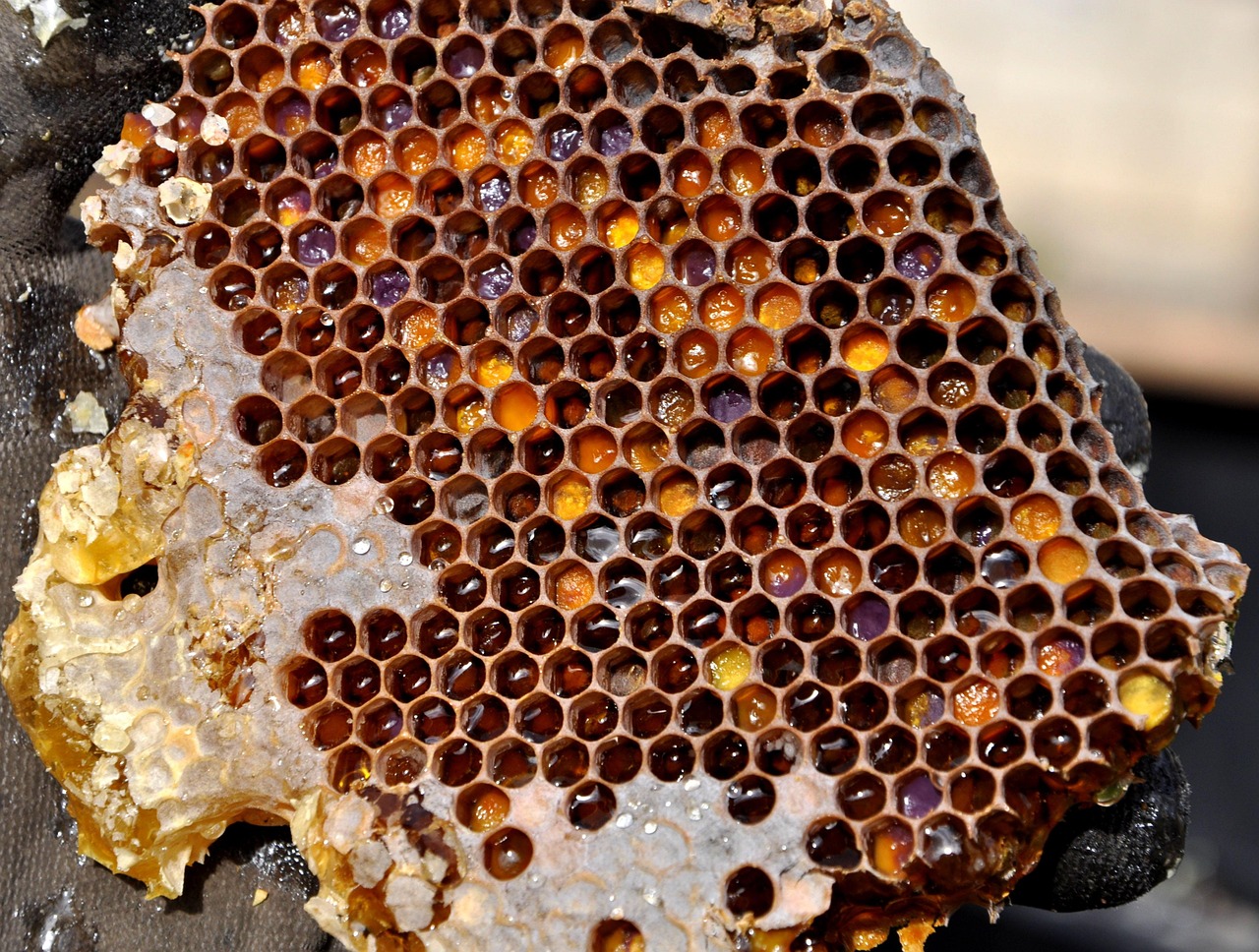
That honeybees are skillfully building hexagonal honeycomb cells has been well known for centuries. Whoever is lucky enough to see these structures in real life can only be fascinated by the extremely precise construction art of these small insects. The explanation for this is still fascinating the wider scientific community.
The ‘honeycomb conjecture’ states that a regular hexagon is the best way to divide a surface into regions of equal area with the smallest total perimeter. The conjecture was proven recently by the mathematician Thomas C. Hales.
- Present a quick overview of the history of the ‘honeycomb conjecture’.
- Investigate which of the three shapes (equilateral triangle, square and regular hexagon) provides a solution to the problem. You can do this either in a dynamic geometry environment or with paper and pencil.
- Why the regular hexagon is the only of the above shapes that fulfills the ‘honeycomb conjecture’?
This Worksheet is part of the Quartely Problem Series. For more quartely problems and other classroom materials, click here.
Picture Source: pajala on Pixabay
CC-BY-NC-SA 4.0 licence granted
Content-related competences
